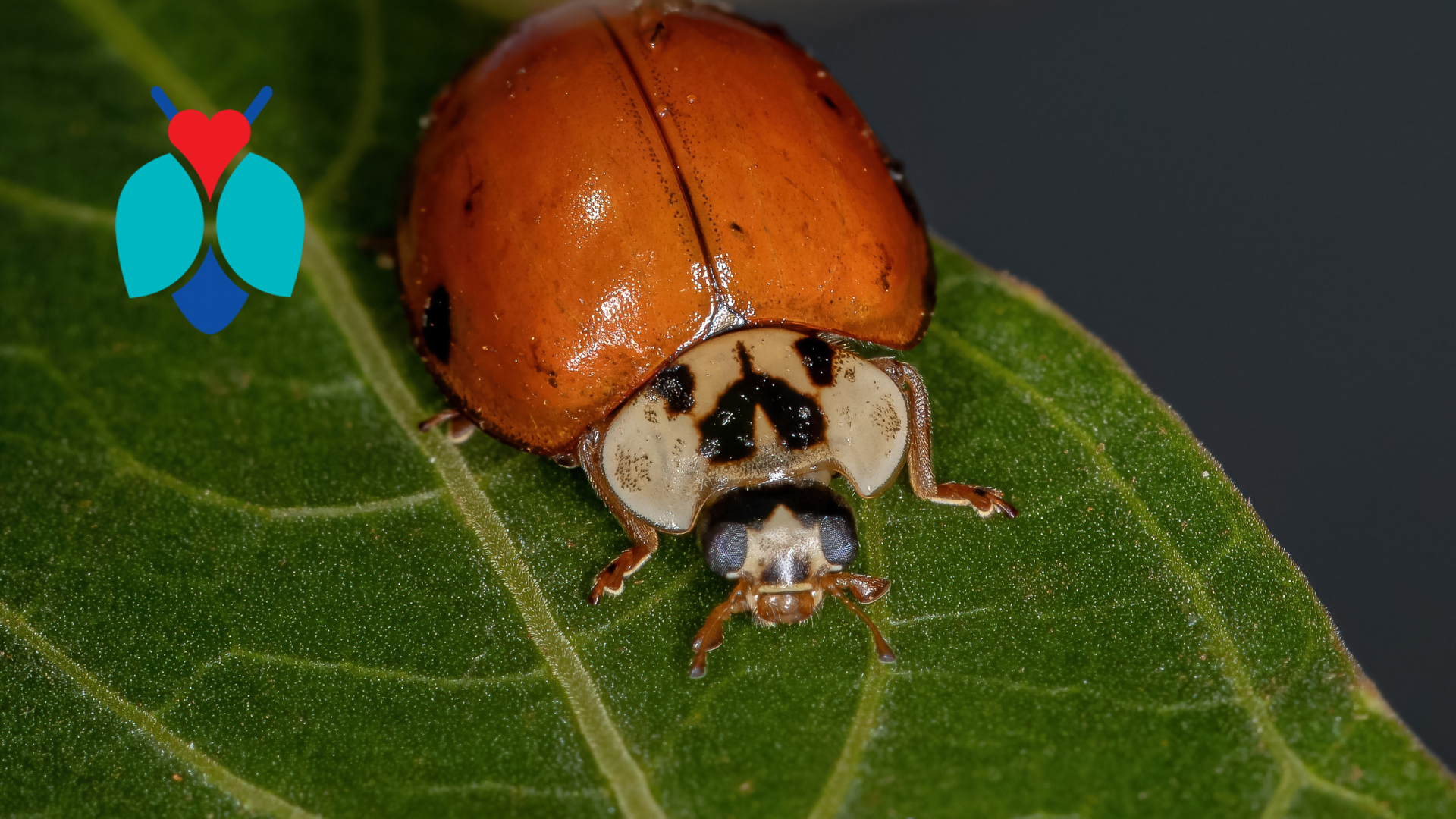Share Our Blog!
BOGO’s Scott Dorn talks about over-wintering pests with Twin Cities AM1130 radio:
How did “Lady Bugs” get inside the home during winter? This is a common question we receive during winter as the sun hits the south and southwest wall. These beetles may look like lady bugs but are actually Asian Lady Beetles. These insects wake up from their dormant state and start walking around inside when the sun warms up the south and southwest side of the home. These pests overwinter inside the wall cavity and open spaces of the home. Fall pests such as Asian Lady Beetles, Box Elder Bugs, and Stink Bugs do not do any harm or damage, they’re complete nuisance pests. A properly timed exterior treatment during the fall will help reduce the pests you notice in your home.
Multi-colored Asian Lady Beetles are considered beneficial insects to farmers. They spend their days eating the aphids off the soybeans, which keeps them from destroying the crops! These are little beetles that very much resemble our native ladybugs. They are originally from Asia, hence the name. Some people believe that the government released them as biological control agents. Others claim that they accidentally were brought in on cargo ships from Asia into the Louisiana ports in 1987. No one knows for sure, however, they are here to stay.
“Timely, courteous, knowledgeable, and knows his critters! Having BOGO Pest Control handle my pest problems was my best decision in a long time!”
-Bard in Plymouth
One of the easiest ways to tell if a beetle is a Multi-Colored Asian Lady is to look at its head. You will see the letter “M” on a white background. They are called “Multi-colored” due to the variations of red and orange colors they can have. Each beetle can have up to 19 spots on its backside. They are very successful at reproducing as each female can lay approximately 300 eggs each season and can live up to three years. They don’t have natural predators here in the United States. If something tries to eat one, they emit a foul-smelling and terrible-tasting ooze out of its backside through a process called “reflex bleeding” that causes the predator to immediately reject them.
They are beneficial out in the environment, however, when the temperatures drop in the fall, they quickly become a nuisance as they come to over-winter inside our homes! In Japan, they find south-facing cliffs that are black with white snow. Scientists believe they are attracted to the contrasting colors as well as the warmth. That is probably why they love lighter-colored homes with big south or west-facing walls that catch a lot of sun in the afternoon. Typically, towards the end of September into early October, they tend to try to get inside where they won’t be exposed to the harsh winter elements.
Call BOGO Pest Control today, so you don’t have to vacuum the bugs away!
Share Our Blog!
If you have any questions or concerns or would like to schedule an appointment call or send us an email
Call Us Today! 952-404-BOGO (2646)




